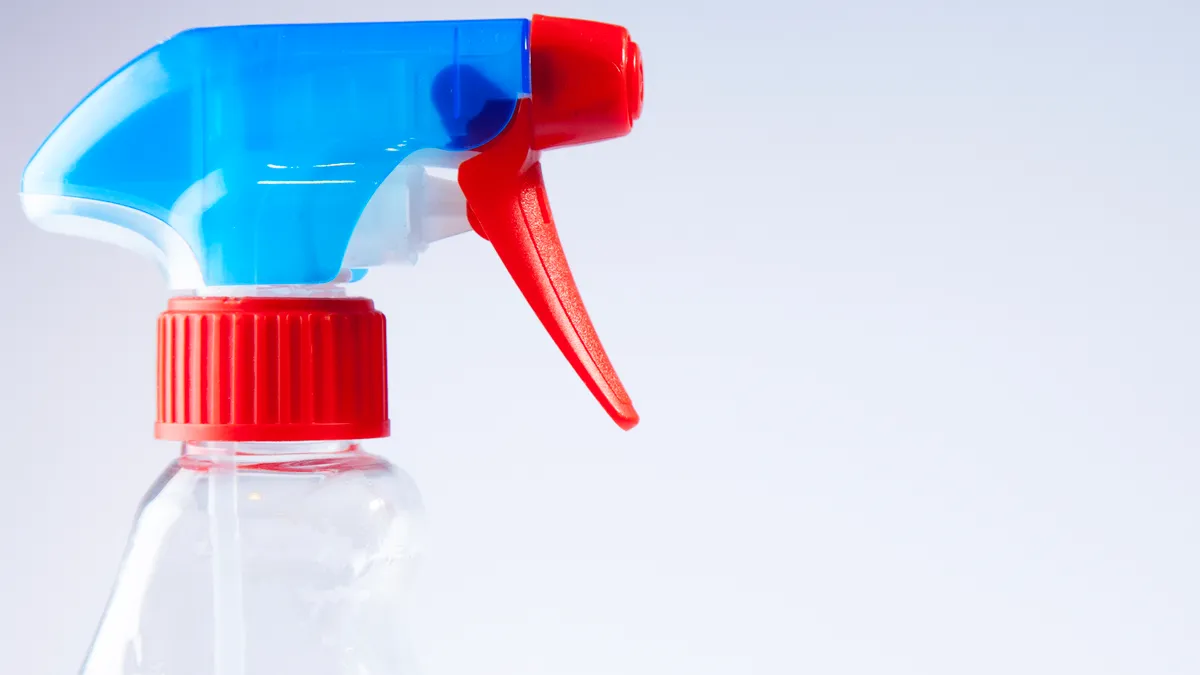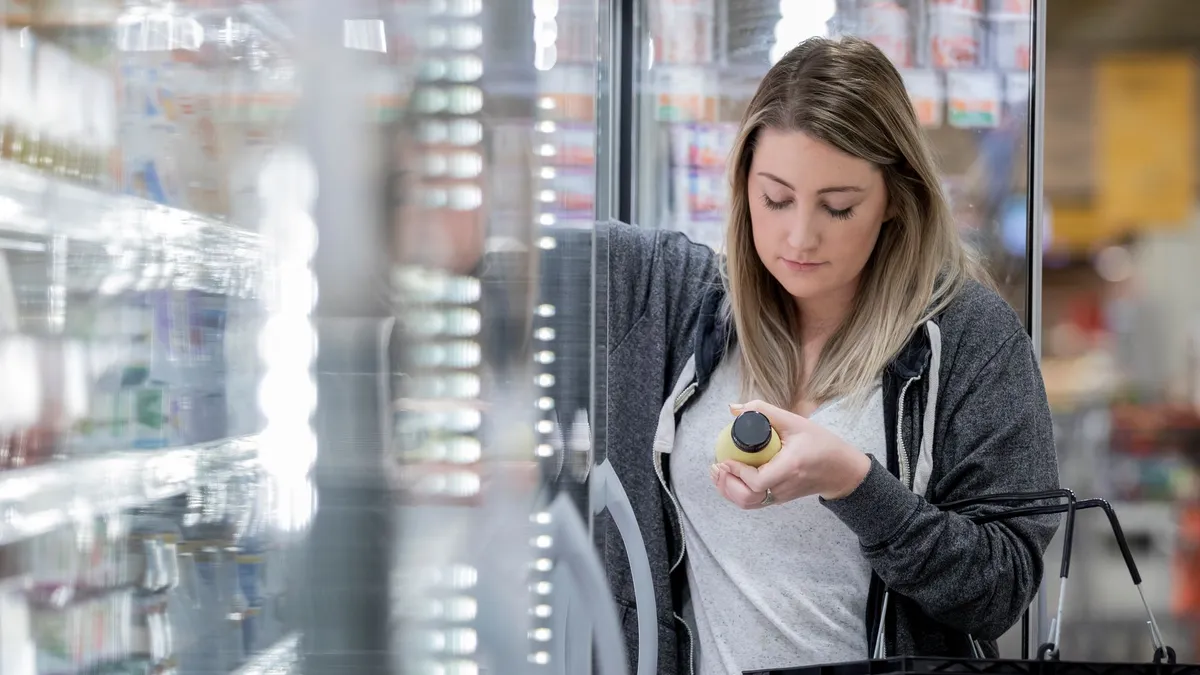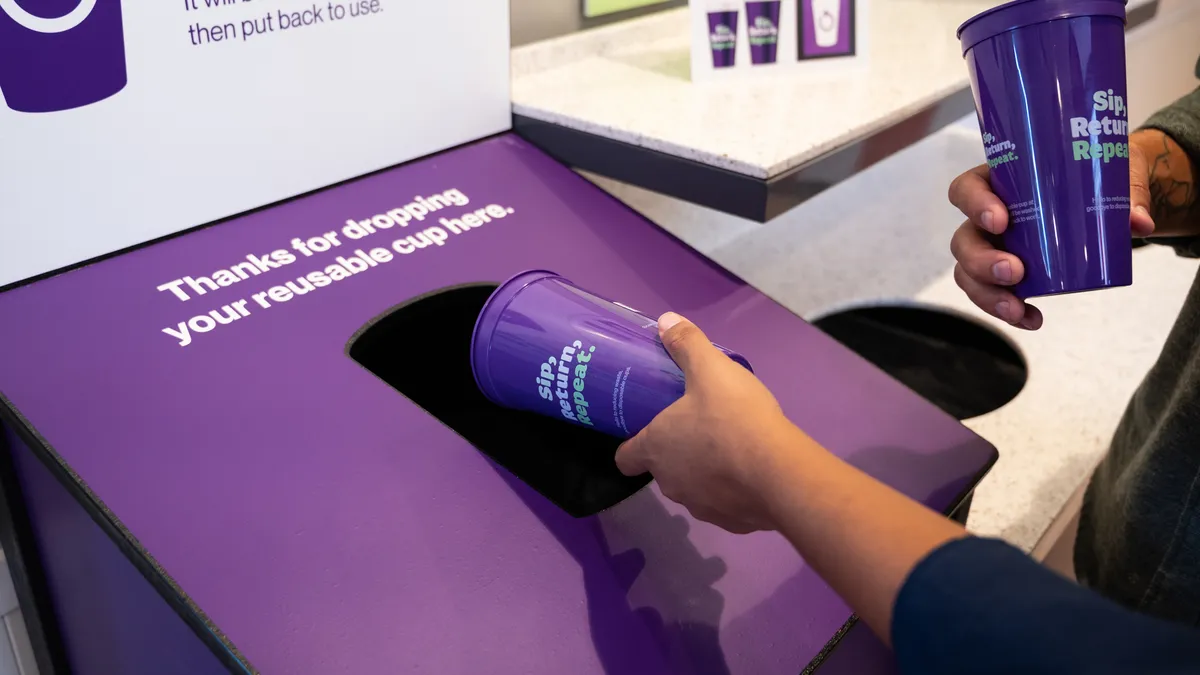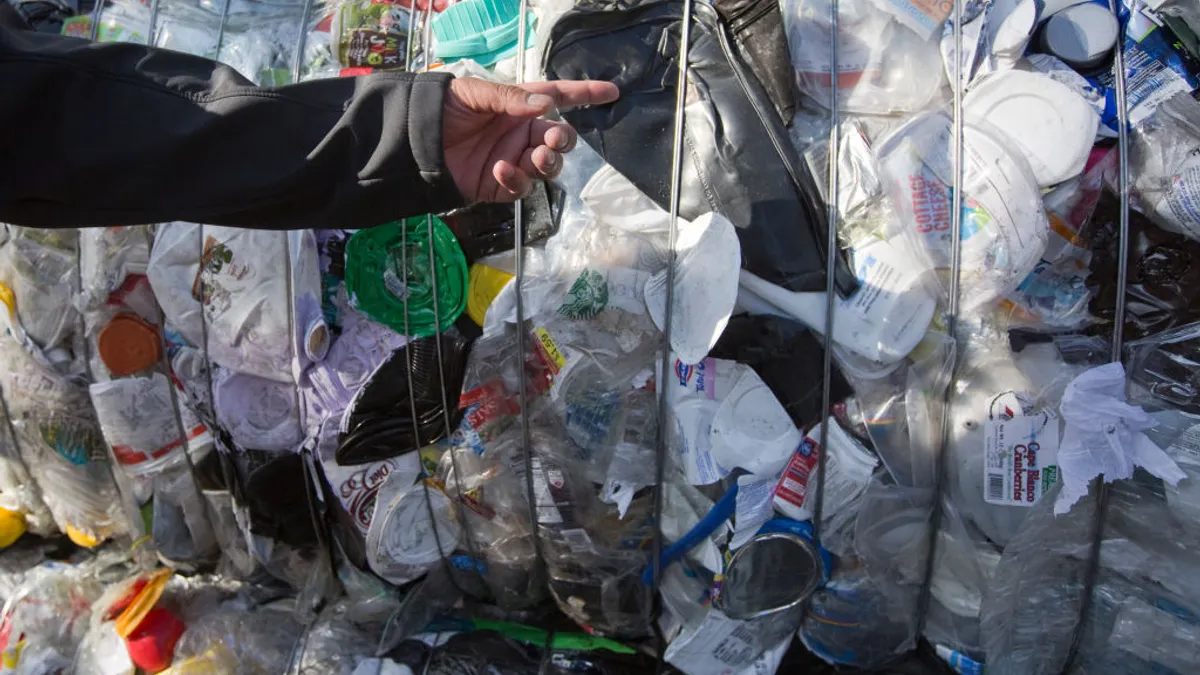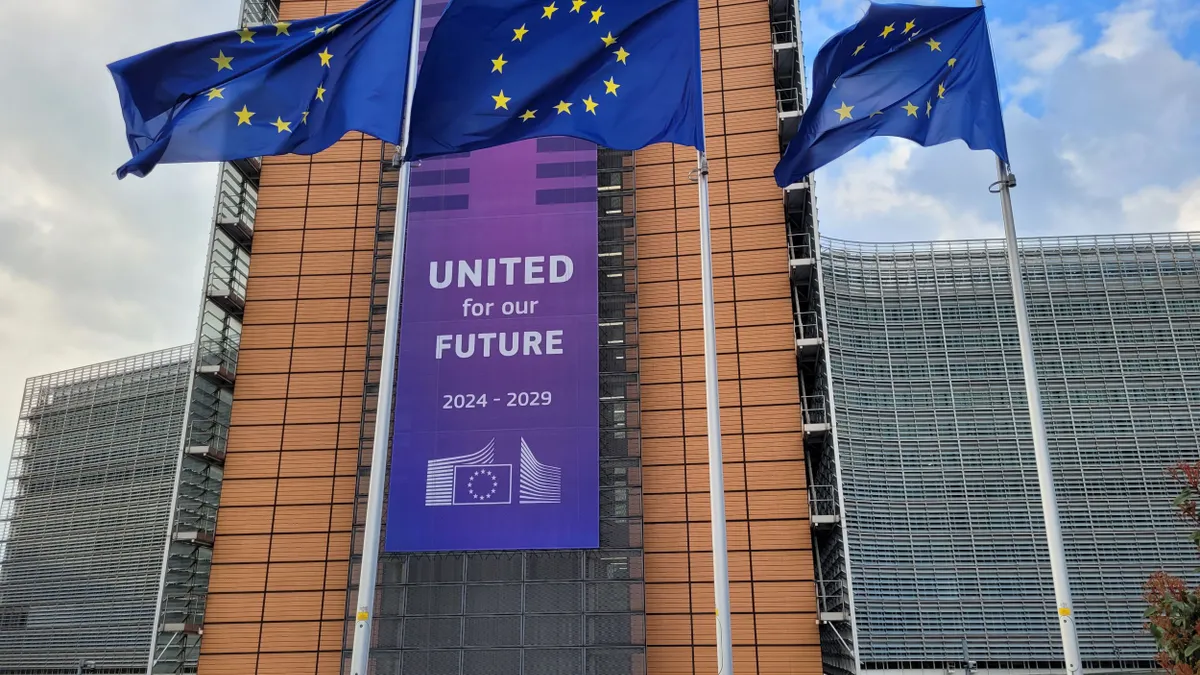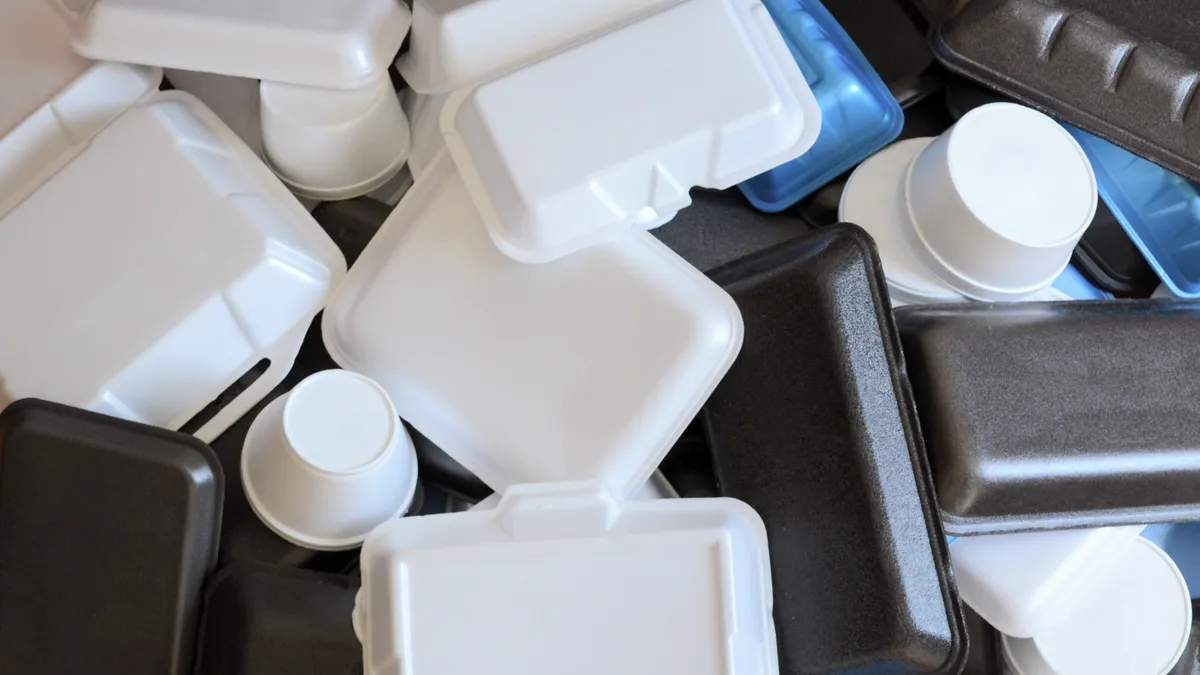Packaging stakeholders have weighed in on proposed updates to U.S. Environmental Protection Agency’s Safer Choice program that would evaluate packaging materials and recyclability.
Safer Choice is a voluntary program, whose origins date back to the 1990s, that assesses a product’s performance, pH and packaging against health and environmental safety criteria. According to the EPA’s website, about 1,900 products currently qualify to carry the Safer Choice label. The current version of the standard was updated as of February 2015.
EPA says its process to update the standard aims to reflect current science and technology, improve transparency and potentially expand its scope. EPA seeks to strengthen sustainable packaging requirements “in response to consumer demand and innovations in packaging materials and technologies.” The proposed updates come as the Federal Trade Commission is also considering updates to the Green Guides, its guidance for environmental marketing claims.
Proposed updates to the Safer Choice Standard say packages would have to either be designed for reuse or be recyclable and contain a minimum percentage of postconsumer recycled content (by weight): 15% in plastic packaging, 25% in glass packaging, 30% in metal packaging and 50% in fiber-based packaging. Multi-material packaging would be “considered on a case-by-case basis.” EPA also wrote that product labels must not affect recyclability and must include clear instructions, or link to online instructions, about how to recycle.
EPA says recycled content in packaging could be certified through outside standards, naming GreenBlue’s Recycled Material Standard as an example. Exemptions could be available for compostable packaging or packages that have parts that are unrecyclable, such as pump sprayheads.
The agency clarified that it encourages concentrated products or reusable packaging to improve source reduction, although not required for compliance.
It also stipulates that per- and polyfluoroalkyl substances not be intentionally introduced into packaging materials, neither cadmium, lead, mercury, hexavalent chromium nor bisphenol-based chemicals.
The proposed changes drew dozens of comments from nonprofits, trade associations, companies and others. Now, the agency is taking into account those comments, which were due Jan. 16, before publishing a final updated standard with an explanation of changes. This is some of what packaging groups and CPGs said about packaging-related elements of the proposed updates:
Trade associations
Ameripen expressed worries about packaging’s role in the Safer Choice program. “We do have some concerns that the addition of significant new ‘sustainable packaging criteria’ within the proposed Standard modifications goes beyond the primary intent and mission of the program,” Ameripen wrote. The group said that the recyclable, recycled content and reusable portions don’t directly relate to chemical ingredients.
Ameripen said this could muddy the waters at what’s already “a critical juncture in the U.S.” when it comes to policy at all levels of government on recyclability, reuse, recycled content and toxics in packaging. “Even with the Standard being a voluntary program for brand owners seeking to go above and beyond for their consumers, we are concerned about the expectation and precedent new and non-chemical-based assessments for packaging criteria in the Standard may set for other brand owners and their products,” Ameripen wrote. If the sustainable packaging criteria make it into the final update, Ameripen urges that the criteria be voluntary.
In a similar vein, the American Chemistry Council wrote that “the Safer Choice Program has historically focused on chemicals and expanding the program to include packaging is not appropriate since other programs at EPA focus on this topic.”
The Can Manufacturers Institute called the 30% PCR threshold for metal packaging “an ineffective tactic for achieving America’s decarbonization and circular economy ambitions.” CMI wrote that that level would make it difficult to meet product safety and formability requirements and result in an energy inefficient process.
“Demand for used steel scrap already exceeds supply and all collected steel has a market. Adding a minimum recycled content requirement to increase steel can recycling would not result in more steel cans being recycled because there is no economic signal to encourage consumers to recycle,” CMI wrote. “It would only shift steel from one end market to a mandated market, adding cost and greater environmental impact to the production of cans without increasing the amount of steel cans recycled.”
The Consumer Brands Association said it is “supportive” of EPA strengthening sustainable packaging requirements, “which are reflective of the CPG industry’s current commitments and practices in the packaging space.”
Regarding restricted substances, the CBA wrote that EPA should focus on addressing substances that are intentionally added to packaging versus trace materials that could end up in packaging. “Manufacturers have little control over the PCR content from suppliers, and ultimately there may be trace amounts of certain substances present at incidental levels that prove difficult to detect or wholly mitigate.”
Companies
Procter & Gamble said it echoed CBA's general support of strengthening sustainable packaging requirements. The company reiterated that CPGs are already working to incorporate PCR and ensure recyclability, in line with voluntary sustainability goals and to comply with extended producer responsibility programs.
“We encourage the Agency to be flexible and pragmatic when modifying these sustainable packaging requirements over time to ensure industry achievability and alignment with evolving state requirements,” P&G wrote. It also urged EPA to confirm its recyclability requirements align with the Association of Plastic Recyclers’ design guide.
P&G also expressed concerns about PCR levels. “EPA should confirm that proposed PCR levels are feasible and achievable by industry, considering that market supply for PCR is presently insufficient to meet demand. In some instances, there may be technical limitations to increasing the level of PCR in certain types of packaging,” P&G wrote.
The Clorox Co. wrote: “Products using primary packaging that achieves considerable material reduction and are designed to drive increased future recycling of a particular material type should be considered as a potentially acceptable criterion” for a product seeking certification, even if it doesn’t meet recyclability or recycled content criteria.
Clorox advised that the scope of allowable recycled content be expanded to include postindustrial in addition to postconsumer sources. It also advised that the minimum recycled material threshold be calculated on an entire-package basis, as opposed to assessing by individual components such as the bottle, closure and label.



